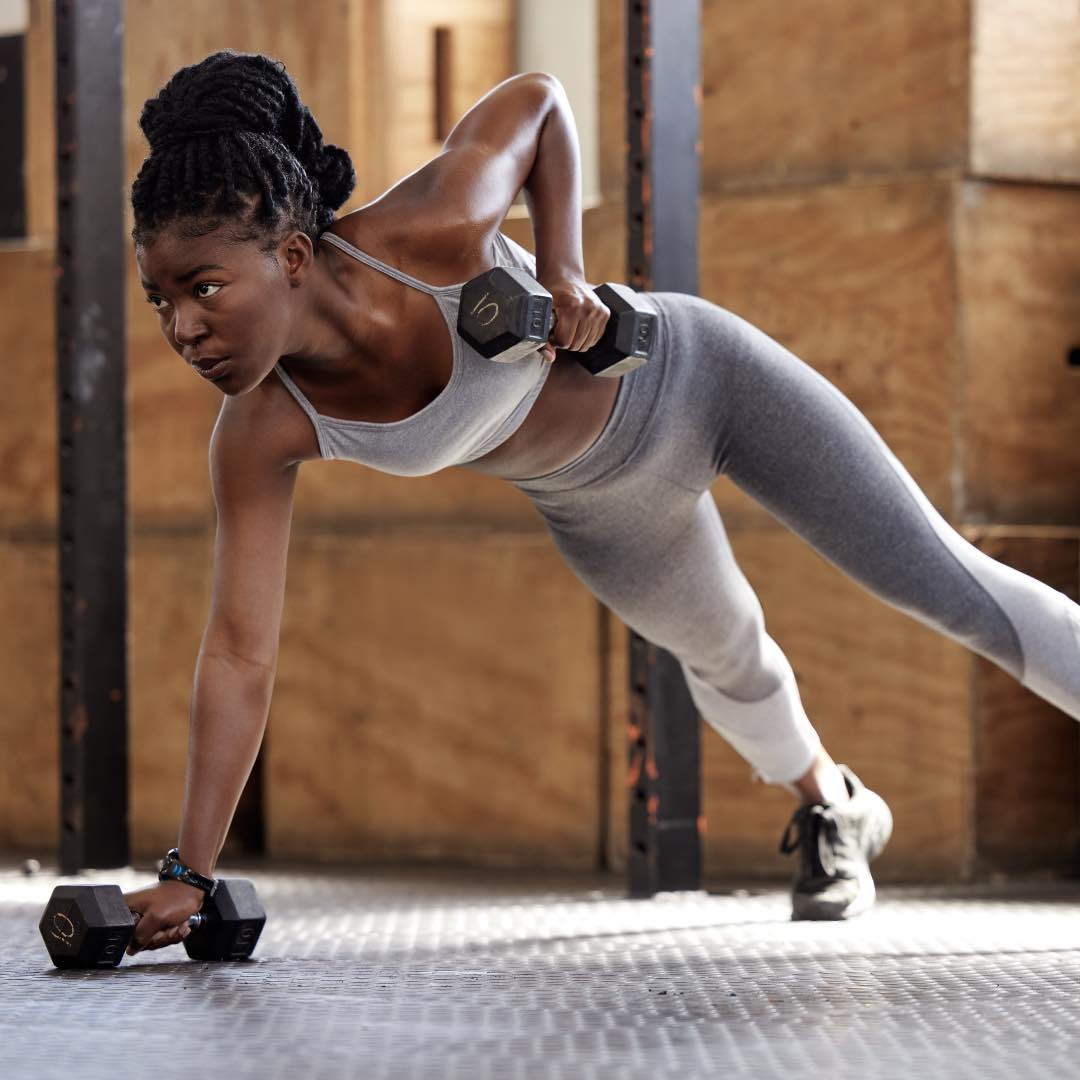
Building Stronger Clients and Transforming Bodies
Here are some tips that I would like to share with you to help you write better resistance training programmes for your “average” beginner client:
Basic Gym Programme Writing Part 1: Creating Fitness Success
SMART GOALS…
SPECIFIC
MEASURABLE
ACHIEVABLE
REALISTIC
TIME BOUND
At the most basic level, you must ensure the program…
• Includes the client’s likes.
• Addresses their goals.
• Is appropriate to their capability (fitness & health).
• Fits in with their availability to train
In order to do this, you need to goal set with your client over the short/ medium and longer terms.
GOALS should be SMART and include both:
• Outcome Goals (results-based)
• Process Goals (task- based)

Try to ensure that most exercises that you programme are:
- Compound exercises working the big muscle groups
- Balanced in terms of the workload volume of opposing muscles. If you stick to mainly compound exercises that will only apply to the upper body, as lower body compound exercises train all major muscle groups.
✅ Therefore upper body “push” movements should equal upper body “pull” movements over the course of the programme.
✅ If you do opt to include isolation exercises, make sure that agonist & antagonist are equally balanced over the number of reps performed.
✅ Basic, compound exercises raise resting metabolic rate and move clients towards their goals faster. - Progressive in the overload stimuli over time.
- Look to progress beginners from machines to free weights as they become more able.
- Progress from working muscular endurance rep ranges to working them in the hypertrophy training range.
- Stick to simpler movement patterns that focus on lifting heavier weight.
- Sequence the exercises so that the big muscle groups are trained first in compound exercises; and isolation exercises, if included at all, to follow.
- Core exercises should then be programmed at the end of the workout.


